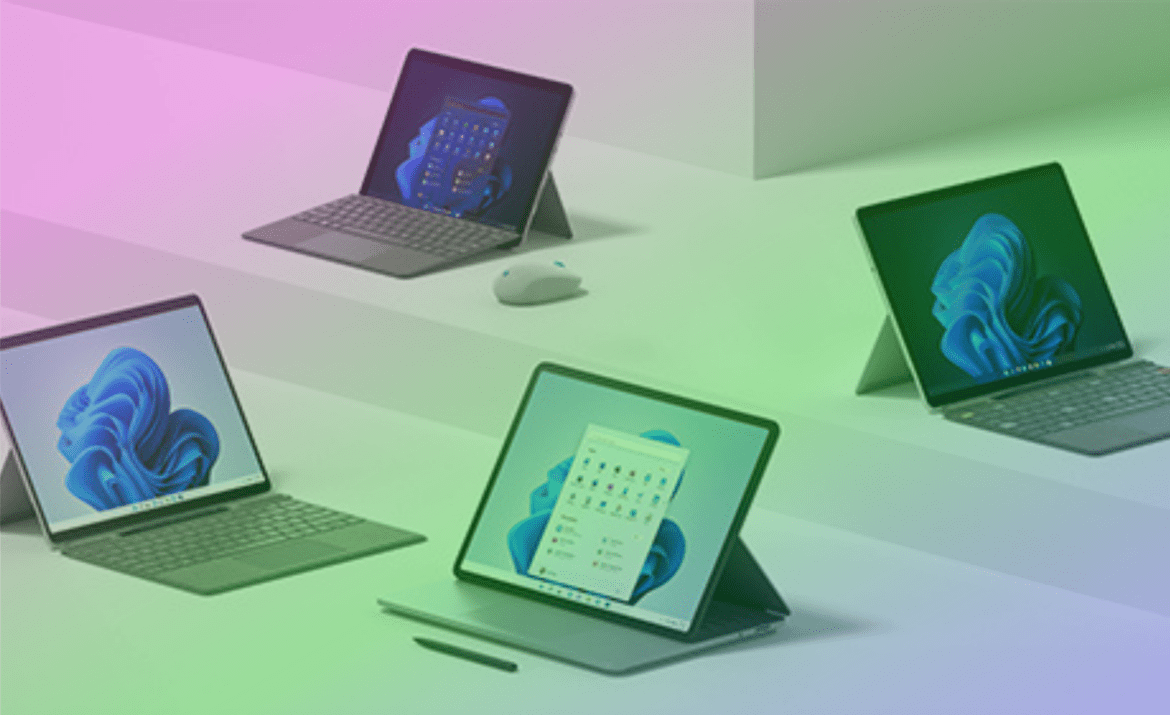
The countdown has begun for the world’s billion-plus users currently running Windows 10. Microsoft has stated it will end support for the popular operating system on 14 October 2025.
That might seem like a long time away. But enterprise OS refreshes take time. And for those still on Windows 7, there’s an extra hurdle to leap before your machines are Windows 11-ready.
In short, to avoid a last-minute rush and to give IT the time needed to plan for and manage any unexpected outcomes, it’s best to start thinking now about the journey to Windows 11.
What Windows 11 offers
As you’d expect from a new Microsoft OS, Windows 11 offers a raft of improvements over its predecessor, which is now almost seven years old. Most notably, it adopts an almost Mac-like look-and-feel, including a refresh of the start menu, in order to boost user productivity. Snap layouts is a feature designed to optimise multi-tasking by bringing together groups of apps and windows in a user-friendly layout. And there’s an option to create multiple, separate virtual desktops.
A new era of hybrid work
This is a Windows OS designed for the new era of hybrid work. There’s more seamless Teams integration and easy access to features like mute/unmute, auto-blur and noise cancellation. And for IT there’s consistency, with 99% of Windows 10 apps compatible on the new platform. Cloud configuration streamlines device deployment, and Windows 10 and 11 can be deployed side-by-side if required. IT managers will also be pleased to see the new OS only get one enhancement update per year, rather than the usual two.
Perhaps most importantly, Windows 11 claims to be the most secure Microsoft OS yet. That means Zero Trust-ready capabilities including: virtualisation-based isolation; support for passwordless authentication; and simple, secure and policy-compliant configuration for remote working devices.
Forward planning
There are plenty of features to entice organisations to the new OS. But several more considerations may also add some urgency to the process. Windows 11 is already available. That means no new enhancement updates for Windows 10. It also means new Windows-compatible devices are already hitting the market pre-loaded with the OS, which could create a more complex mixed estate for IT to manage.
Planning is everything with a major refresh like this. Organisations will need to check their existing equipment can support Windows 11. For example, older machines may not have required the TPM 2.0 crypto processor by the new platform. There’s also the spectre of support for security updates being withdrawn in 2025, which will be a major driver of migration. Yet finance chiefs must also balance these considerations with resource constraints, which may impact whether they can upgrade hardware at the same time as the OS.
How Daisy can help
As a Microsoft Partner for more than 20 years, Daisy has all the expertise and resources your business needs to help with your Windows 11 migration. We offer technical support and advice in the form of professional services, alongside a range of managed service packages to support and maintain your Windows estate.